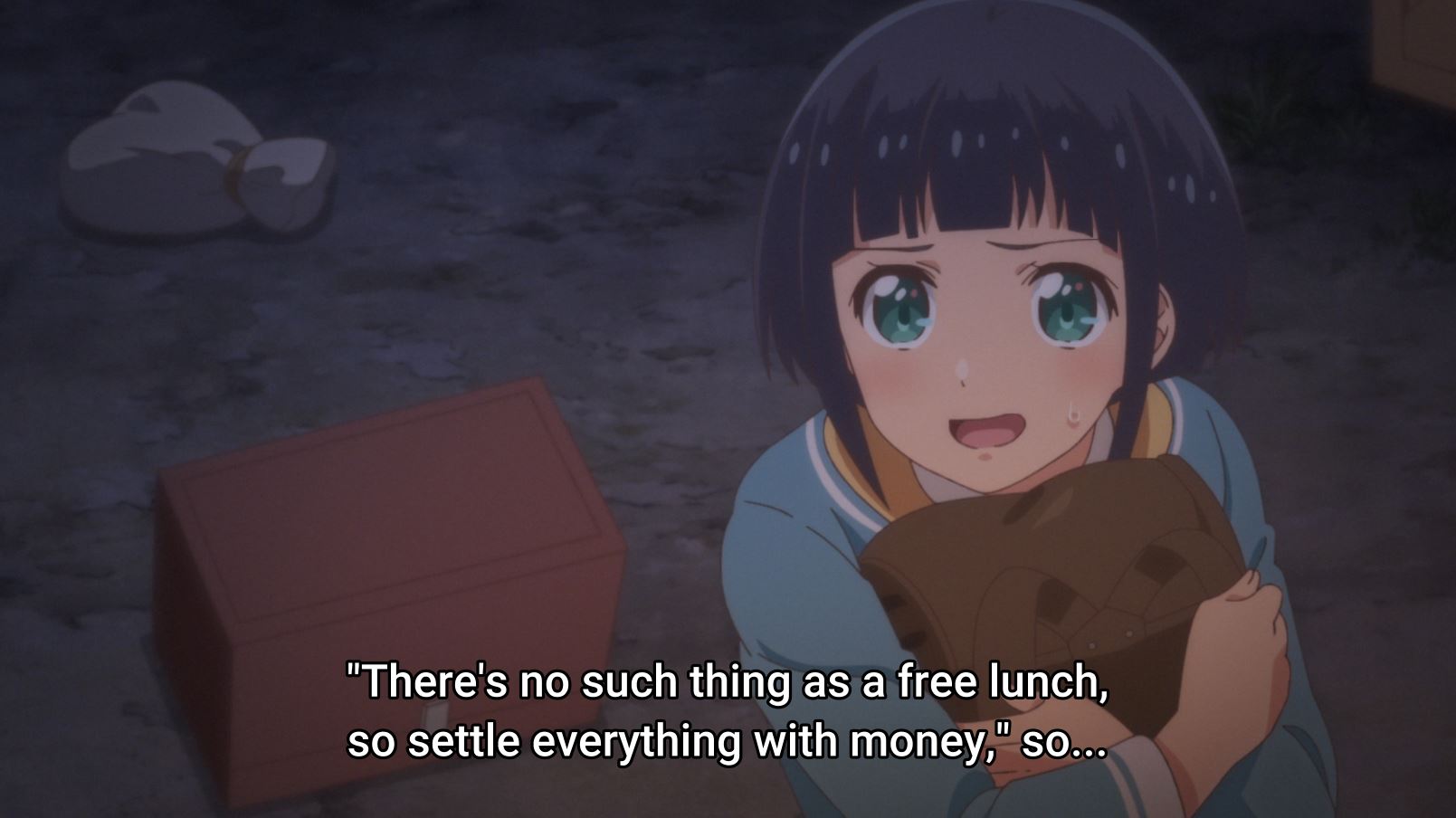For many parts of the world, especially countries like Singapore, the rental market has been hot. Rental prices have nearly doubled compared to 5 years ago, with its increase the most significant during the Covid period. Many people who own a property have also started to rent out their spare bedrooms in a bid to capture the profits.
However, there are also many who either only have 1 property for their own living, or has no properties under their names at all. In this case, at first look it is impossible to capture profits from the rental trend. But there is a way – via subletting.
Subletting essentially means that you rent a property from someone as the main tenant, then you act as the ‘second landlord’ and rent out the property, or parts of the property to others. Of course, one critical condition must be that the real owner of the property must know what you are doing, so that there is consensus on what is going on. And also because in certain countries, that is written into the law.
So how do we go about doing it? The paragraphs below list down the general steps we should consider with Singapore as the specific context. While the general steps should apply to the majority, just remember to adapt the detailed plans to fit your country’s circumstance and government policies.

The Lease
The Singapore government has a policy that any residential property which is rented out can only have a maximum of 6 residents, regardless of the property size. Hence we would want to rent a property with sufficient living space for 6 people. While we can have 3 bedrooms for 6 people, but to really optimise your revenue, we should go for a unit which can accommodate 6 separate and independent bedrooms.
For this business model to work, we can only deal with private housing (ie condominiums, apartments or landed properties). Public housing is off limits. In Singapore, since we are constrained by the number of tenants, we should either go for condominiums or apartments. Among the 2, condominiums are the more feasible ones due to its facilities. Hence, we will narrow down our target property type to be that of condominiums only.
To have a large enough space for 6 separate bedrooms as well as all the necessary amenities like the kitchen and common bathroom, a unit of at least 1200 square feet (approximately 111 square metres) is needed. In Singapore, such a property would cost about $5000 a month on the cheaper side. However for stability’s sake we would want to sign a longer lease of either 3 years or preferably 5 years so that the rental is locked in.
We should therefore plan on the basis of a $6000 monthly rental for the house we want to get. Something still on the cheaper side with big enough space, but not so dilapidated or remote to the point nobody wants to stay there. One should also consider other factors such as access to nearby ammenties and transport network, general location within the city or country etc, which we have covered in an earlier article.
Renovation
Chances are we will not be able to get a unit with 6 separate rooms ready for us to use. We will need to do some renovation, which is basically cutting out parts of the unit and making rooms out of it. I have covered in my article “Playing The Residential Property Market – Part III” on how to create more rooms on existing space, so I will not repeat that here. One thing we have to take note is that we have to return the unit in the same state and condition as when we have received it. What we build today, we have to demolish tomorrow.
Furthermore, we should not have too fanciful a renovation. Just simple straightforward renovation to add the rooms and pull the necessary electrical wirings. Recently I have talked to someone in this line and a simple renovation can be done in approximately $20,000. But let us add $5000 as a buffer. When we return the unit at the end of the lease, we will need to make good the unit. So let us assume a demolition and moving-out renovation cost to be $15,000. That is a total of $40,000.
Note that you should have a reliable contractor standing by and ready to move in the day you sign the lease. For every day that you do not have tenant, you are losing rental income and paying rental to the owner of the house. Your renovation should also not take too long. Simple straightforward, quick renovation. Time is money. But make sure that renovation is done properly. Your tenants would not be too happy if the soundproofing, ventilation and sunlight of their rooms are not up to expectations.

As a side note, running parallel to your renovation, you should also start advertising your rental bedrooms so that once the renovation is complete, the tenants will be able to move in. You should prepare your advertisements ahead and then immediately push them out once the lease is signed.
Capital
Naturally, for businesses such as this, you will need some capital. But the capital requirement is not as great as that of a downpayment for a house. Your capital should be enough for you to:
- Pay the deposit. For a 3 year lease we should expect 3 months the rental, which in our example will be $6000 x 3 = $18,000
- 6 months buffer in the worst case scenario where we cannot find any tenant. We will be doing what we can to prevent this from happening, but we should always be prepared. $6000 x 6 = $36,000
- Do a simple renovation. Based on the example above, we will use $40,000 as a reference point.
- Any unforeseen maintenance fees. Assume 2 months rental = $12,000.
- A part-time cleaner who will clean your house’s common area weekly. Firstly it is to ensure hygiene, second to have someone keeping an eye on the state of the house. We should take this to be $500 a month. A negligible sum, but something we should still consider.
This will work out to be $106,500 worth of start-up capital to get one unit of property for subletting. Still far lower than the deposit you need to make a downpayment for the purchase of a condominium unit, but nonetheless still a significant amount. Of course one may argue that we do not need 6 months of buffer for the worst case scenario and 2 months for unforeseen maintenance fees, but the more prepared you are, the less likely you are to fail.

Working Out Your Profit And Loss
The current market rental for a single condominium bedroom for one person is about $1200 to $1500 for the more lower end unit. We should aim the rental to be at least $1500 per person per room, else the profits will not be worthwhile for us to make all that effort. That would be $1500 x 6 = $9000 per month.
On a 3 year lease, you should expect the first and last month to be void due to renovations. In the best case scenario, you have tenants living in throughout the rest of the period. I would not bother you with detailed calculations, but based on the numbers of our example above, you will have $304,000 of revenue over a period of 34 months, at a total cost of $273,000 and a total profit of $31,000 over 3 years. This is excluding the unforeseen maintenance fees.
At this point many readers may not find it worthwhile to go into such a venture for that little profit after all that risk and hard work.

The Feasibility Of Subletting
The above example is a conservative figure in all areas of calculation. For rental it is easily doable to rent out a condominium bedroom for $1800 a month if you choose the correct target population, which requires some work of course.
If we are to proceed, we should treat this like a business venture. This business model is good in the sense that there is a realistic probability of scaling up. When you operate this as a business, you may choose to rope in other investors, although my own personal preference is not to as there may be potential conflicts. But if you can get it scaled up, there will be certain advantages which is not easily seen at first sight:
- The tasks are easy to replicate. You are basically doing the same thing repeatedly but in different locations and with different tenants. You already have the necessary things to get moving once your first project is completed.
- You gain economies of scale. With that, there are certain cost such as renovation cost which you can bring down, consequently increasing your profits.
- If you managed to know someone who owns multiple properties, you may be able to strike a bundle deal to lease everything at a cheaper price. Also economies of scale.
- You gain familiarity and proficiency. Your pre and post renovation works could be shortened to 2 weeks each or even shorter if you and your partners are very familiar with each other and what is required. This will mean more revenue.
- The above examples deal with the lower end condominium units which are cheaper. If you are able to get your hands on the average or slightly above average condominium units, your profit margin (but also risk factor) will increase. Premium condominium rental is a totally different game and the above would not work.
But there are also certain risks that you need to think of:
- Rental market slowing down. For example in Singapore, in 2023 there are many condominium developments which are completed, greatly increasing the supply and consequently the rental market for condominiums are slow at the moment.
- Prices of rental fluctuate all the time. You will need to be prepared when it goes against you. In the longer term we should still expect rental to be increasing, but the short term may be enough to kill you if you do not manage risk carefully.
- Not all tenants are good tenants. You can screen all you want, but in the end it is inevitable that you will get not-so-ideal tenants.

Conclusion
There is no easy money. Subletting will not be as easy as you think, but nonetheless once you get the hang of it, you may easily replicate it. This is a business where the benefits will only be worthwhile once you scale it up. That being said, one should not stretch themselves too thin, for things could change any time due to a policy shift or simply a disaster such as a pandemic. The potential of it scaling up is what made this business idea tempting. If one really wants to earn money by being a landlord, try subletting.

Showing 1 - 2 out of 2
Page 1 out of 1
| - | Resources | Price | |
|---|---|---|---|
|
|
$5.00
|
||
|
|
$1.00
|

